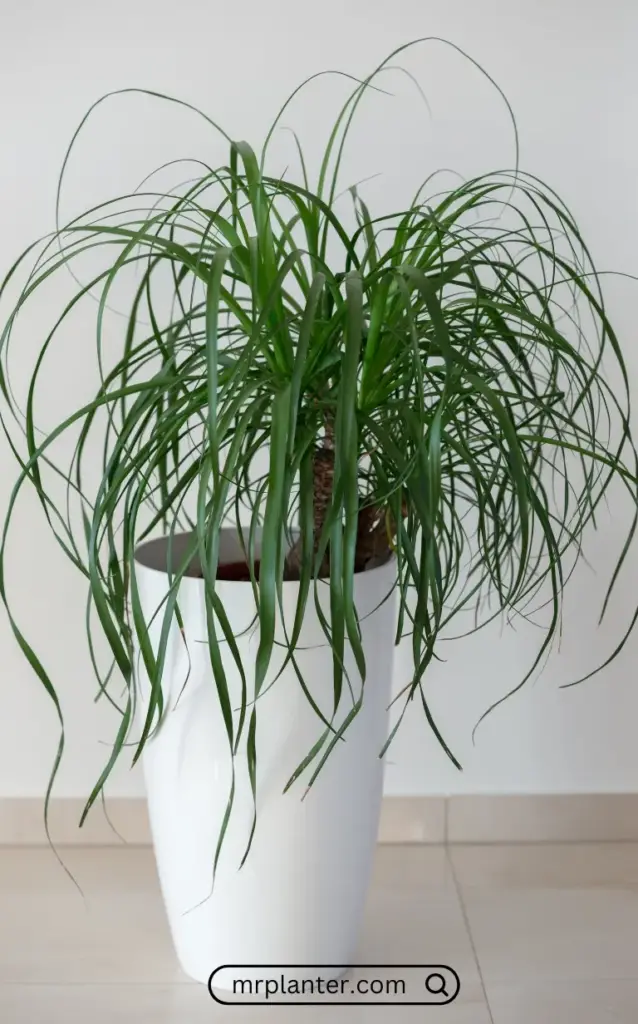Looking for plants that can thrive in low-light conditions? Look no further! This article features 33 amazing indoor plants that will add greenery to even the darkest corners of your home.
Not all plants are created equal when it comes to tolerating low light. However, there are a number of shade-loving plants that can thrive in even the dimmest apartments or hallways.
These green champions can transform dark corners into lush oases. So if you have limited light, don’t worry – these plants are up to the challenge!
Let’s get started!
Snake Plant (Sansevieria)
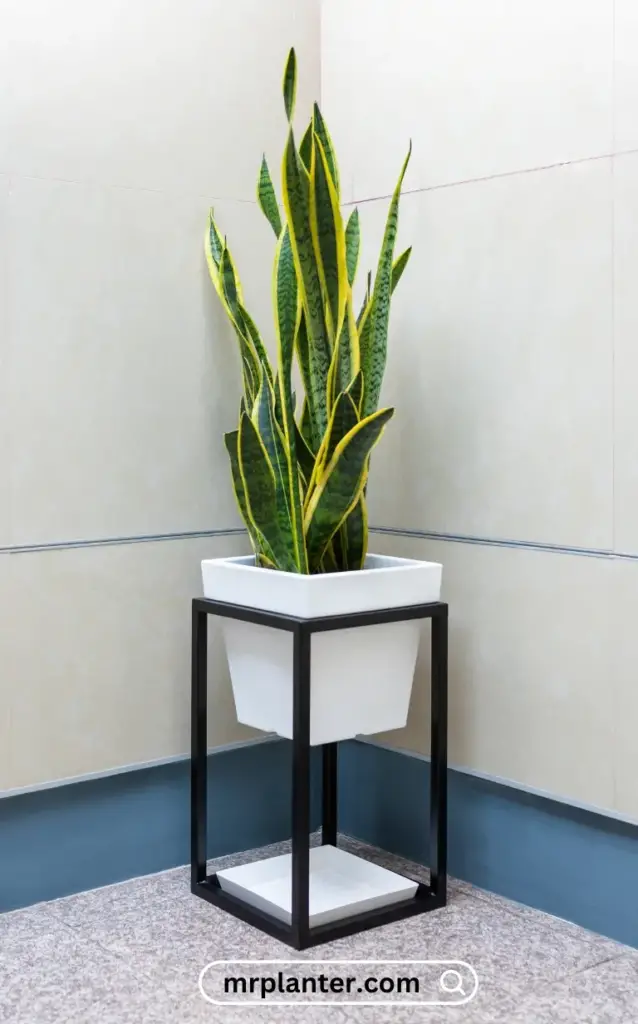
Snake plants are renowned for their resilience and adaptability, thriving in various light conditions from low to bright indirect light. They excel at purifying the air, removing toxins like formaldehyde and benzene. With minimal watering needs, they’re perfect for busy or forgetful plant enthusiasts. Their diverse sizes and patterns make them versatile for any space.
Expert Tip: Rotate your snake plant occasionally to encourage even growth, as they naturally lean toward light sources. For a detailed care guide, click here.
Peace Lily (Spathiphyllum)
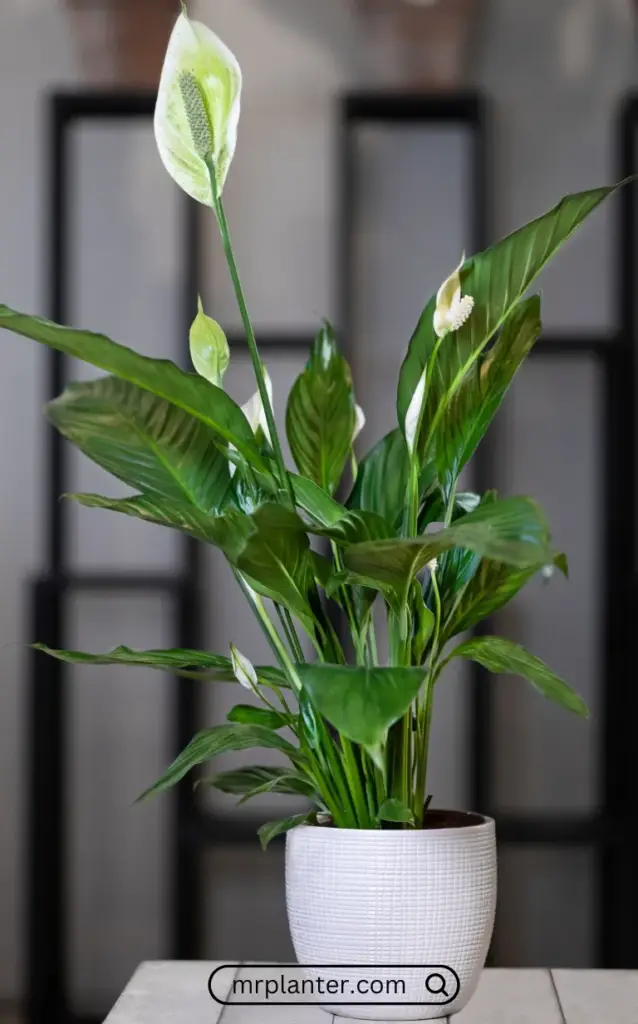
Peace lilies are graceful and elegant, thriving in low to medium light. Their striking white flowers and glossy green leaves add sophistication to any room. They are low-maintenance, preferring consistently moist soil but tolerating occasional dryness.
Expert Tip: If the leaves start drooping, it’s time for a watering. They recover quickly once hydrated.
Pothos (Epipremnum aureum)
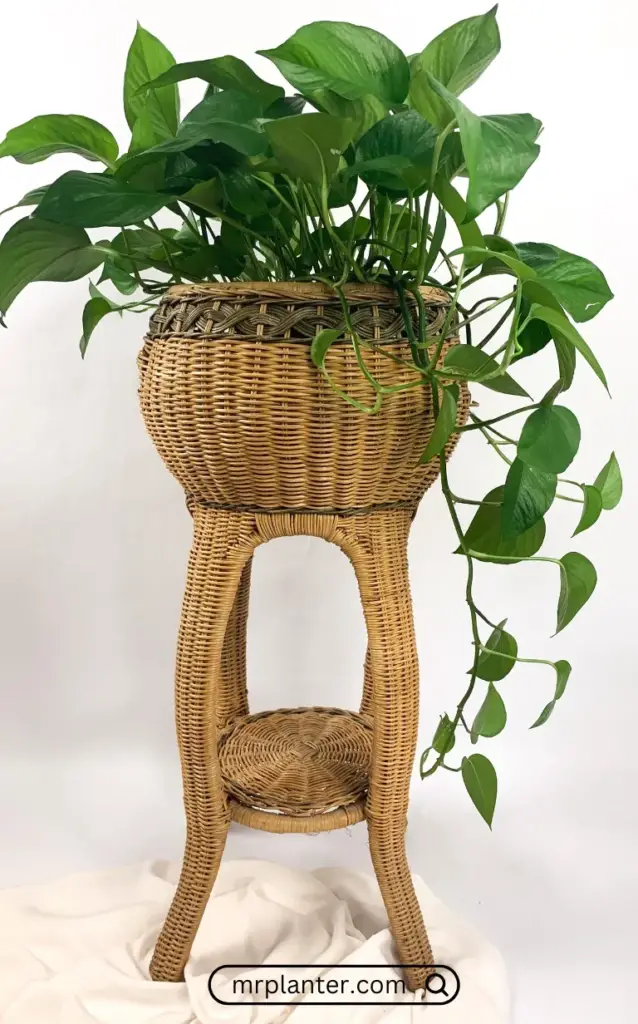
Pothos is one of the easiest houseplants to care for, adapting well to a variety of light conditions, including low light. These trailing plants can be grown in hanging baskets or trained to climb, making them versatile for different decor styles. They are drought-tolerant and can rebound from neglect.
Expert Tip: Regular pruning encourages a bushier growth and you can propagate cuttings in water to create new plants.
ZZ Plant (Zamioculcas zamiifolia)
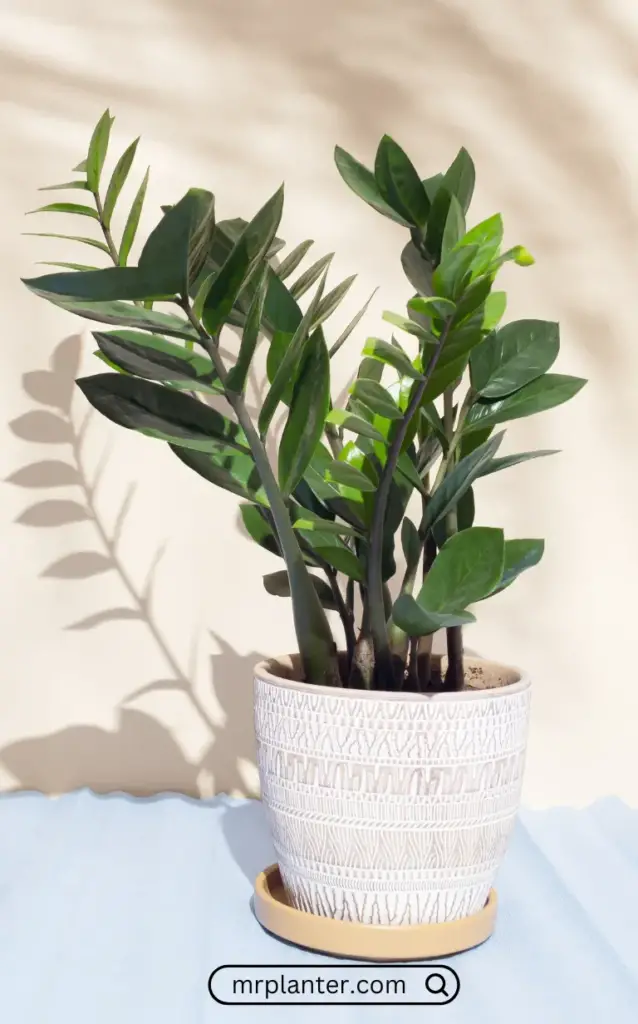
ZZ plants are celebrated for their ability to thrive in extremely low light and with irregular watering. Their glossy, dark green leaves add elegance and can brighten up dark corners. They have a unique water storage system that helps them survive long periods without water.
Expert Tip: Avoid overwatering; allow the soil to dry out completely between waterings.
Spider Plant (Chlorophytum comosum)

Spider plants are easy to care for and thrive in low to moderate light. They produce long, arching leaves and small plantlets, or “spiderettes,” which can be propagated to create new plants. They are non-toxic to pets and can handle a variety of temperatures and humidity levels.
Expert Tip: Remove spiderettes with developed roots to either maintain the parent plant’s energy or to pot them up for sharing.
Chinese Evergreen (Aglaonema)
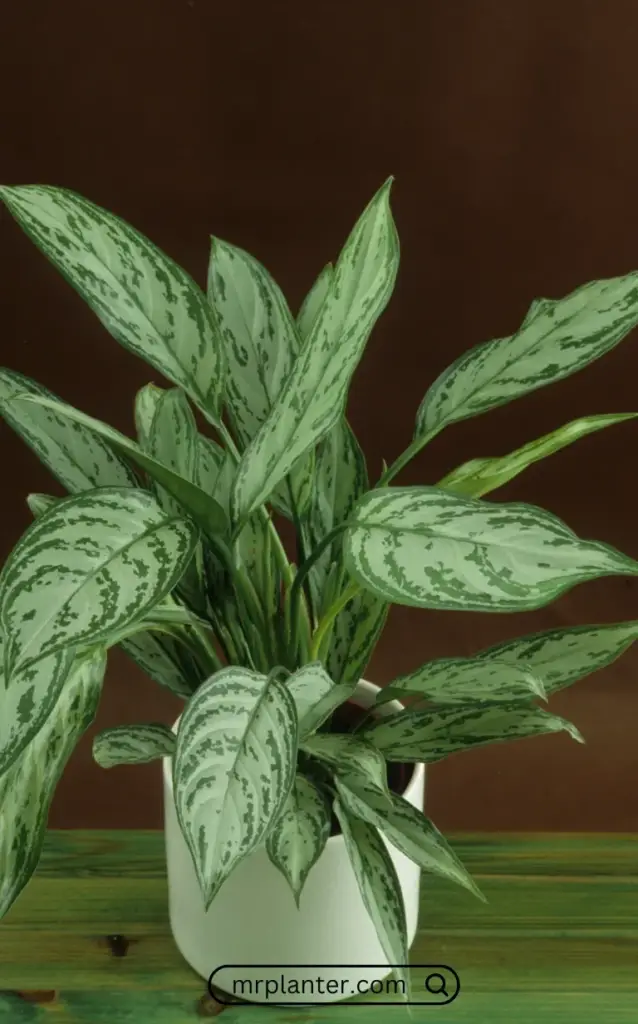
Chinese Evergreens are ideal for low light environments and come in various leaf patterns and colors. They are tolerant of neglect, occasional lapses in watering, and have air-purifying qualities.
Expert Tip: Keep them away from direct sunlight and cold drafts to prevent leaf damage.
Dracaena Varieties
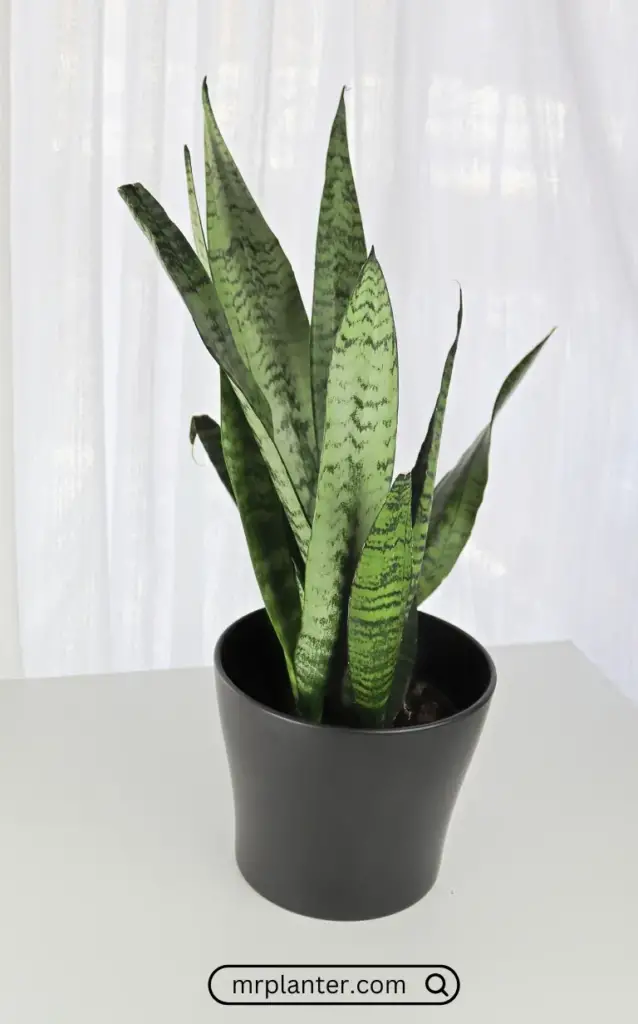
Dracaenas are versatile with numerous varieties that tolerate low light. They feature long, strappy leaves that add height and texture to spaces. Known for their air-purifying abilities, they are low-maintenance and resilient to pests.
Expert Tip: If you notice brown tips, it might be due to over-fluoridation. Use filtered water or let tap water sit out overnight before watering.
Philodendron Varieties
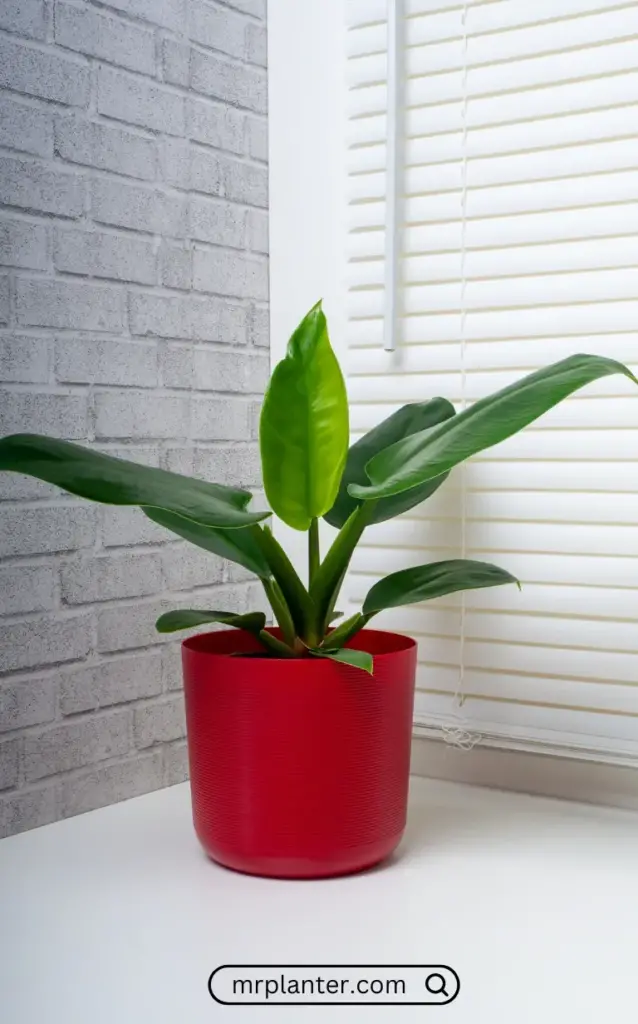
Philodendrons are popular for their heart-shaped leaves and adaptability to low to moderate light. They can be grown in hanging baskets or as climbers. Fast-growing and low-maintenance, they help purify indoor air.
Expert Tip: Regularly pinch back growing tips to encourage a fuller, bushier plant and prevent legginess.
English Ivy (Hedera helix)
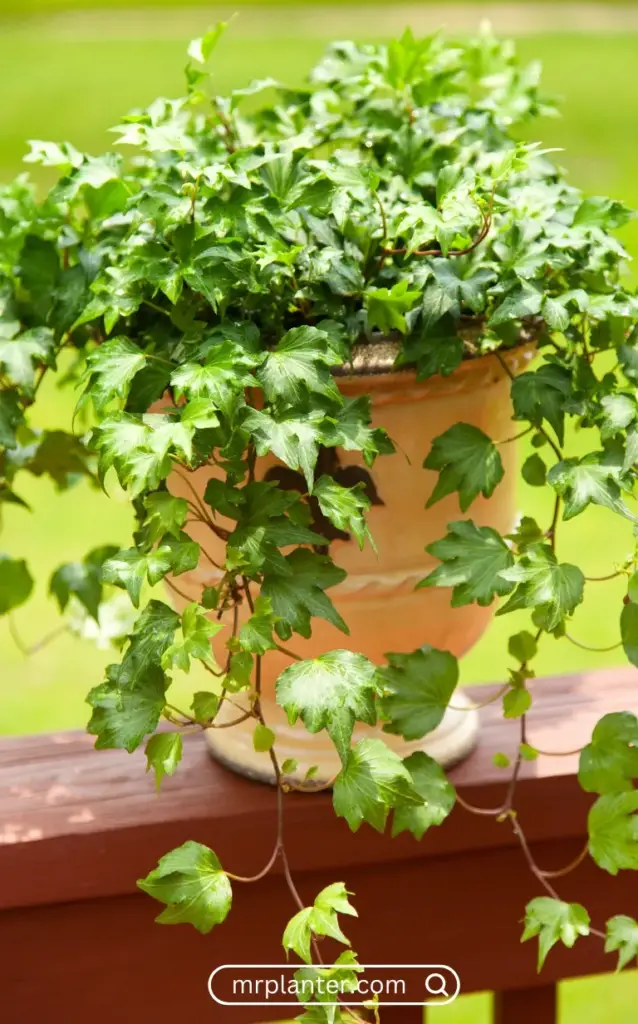
English Ivy is a classic trailing plant adaptable to low light. Its cascading vines and variegated leaves make it attractive for hanging baskets or trellises. It’s particularly good at removing airborne mold.
Expert Tip: Mist regularly to boost humidity and prevent spider mites, which thrive in dry conditions.
Cast Iron Plant (Aspidistra elatior)

True to its name, the Cast Iron Plant is one of the toughest houseplants, thriving in very low light and surviving neglect and fluctuating temperatures. Its large, upright leaves add structure to indoor spaces.
Expert Tip: While tolerant, avoid overfeeding to prevent salt buildup in the soil.
Monstera Deliciosa
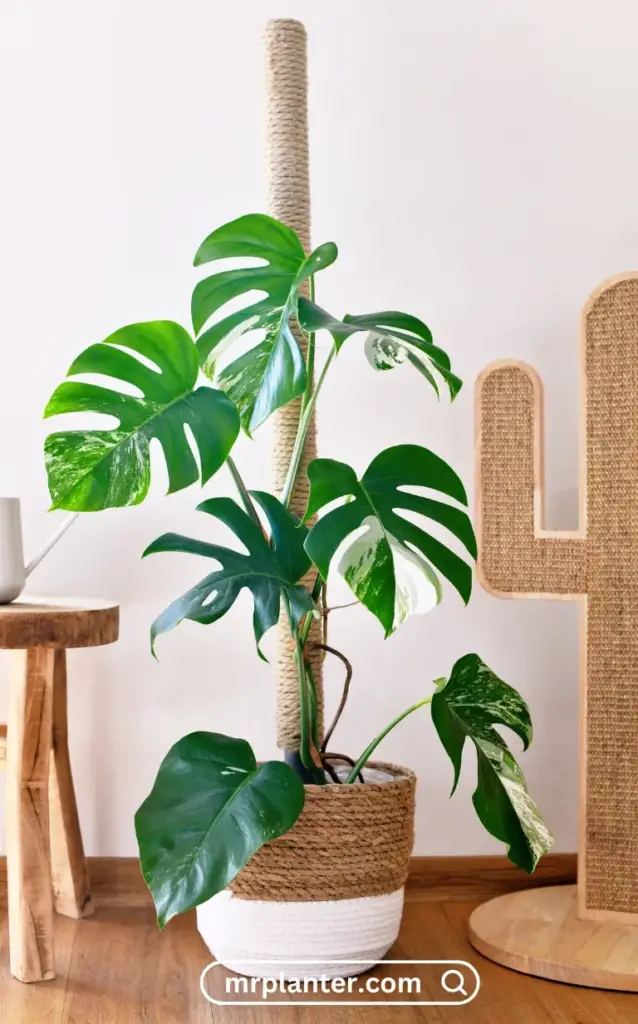
Monstera deliciosa, or Swiss Cheese Plant, is renowned for its large, perforated leaves that add a tropical vibe. It prefers bright, indirect light but can handle lower light levels. This low-maintenance plant can grow quite large and is known for its air-purifying properties.
Expert Tip: Support your Monstera with a moss pole or trellis to encourage larger leaf development and maintain its upright form.
Umbrella Plant (Schefflera arboricola)
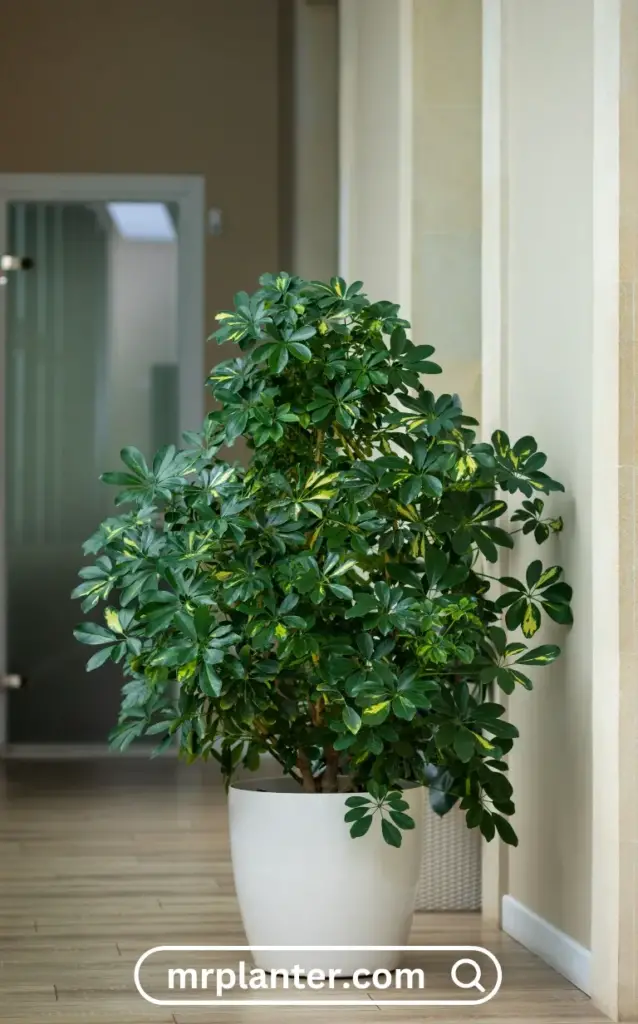
The Umbrella Plant features distinctive leaf arrangements resembling an umbrella. It adapts well to low light and can be grown as a small tree or kept compact through pruning. It’s resilient and requires minimal maintenance.
Expert Tip: Prune hard if the plant becomes leggy to encourage bushier growth.
Parlor Palm (Chamaedorea elegans)
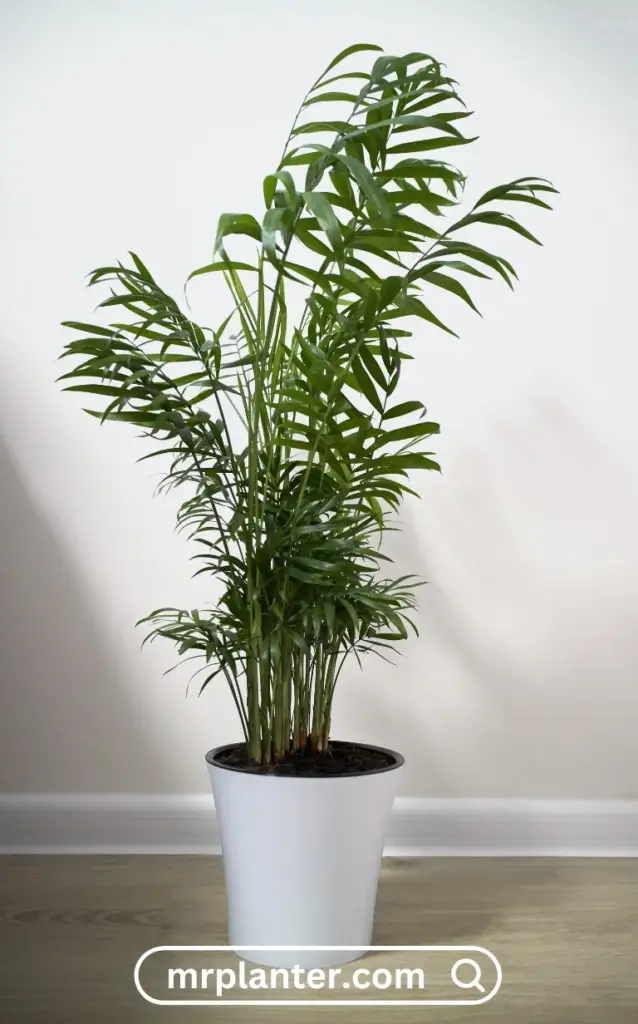
Parlor Palm is an elegant, slow-growing plant that thrives in low to moderate light. Its delicate fronds add refinement to any space and it doesn’t need frequent repotting.
Expert Tip: Allow the top inch of soil to dry out between waterings to avoid root rot.
Lucky Bamboo (Dracaena sanderiana)
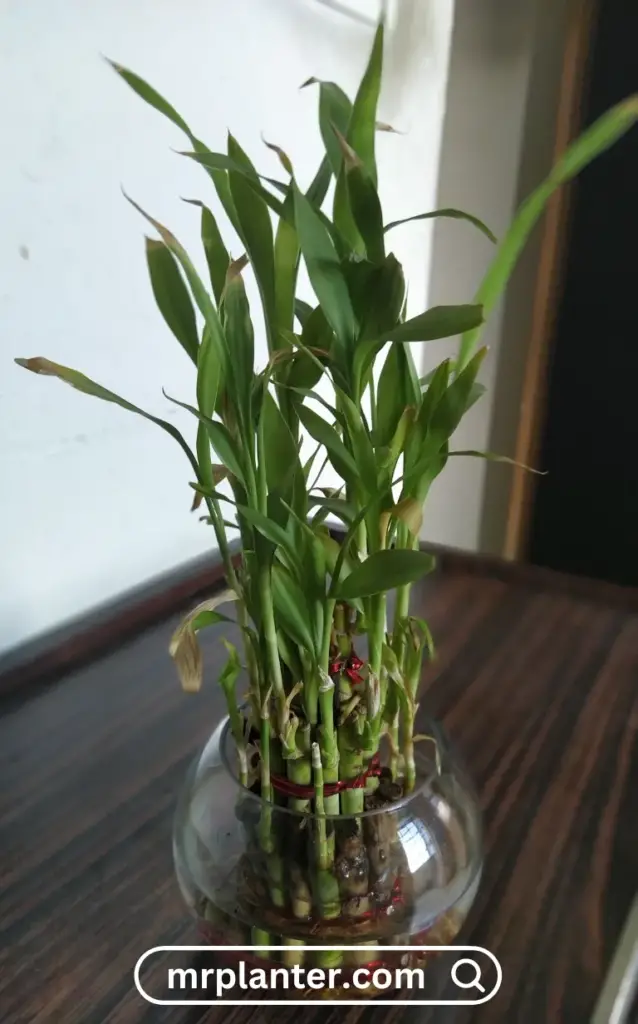
Lucky Bamboo is popular in feng shui for its supposed good fortune. It can thrive in low light and is often grown in water. This adaptable plant can be shaped into various forms.
Expert Tip: Change the water every 2-4 weeks to prevent algae growth and maintain plant health.
Prayer Plant (Maranta leuconeura)

Prayer Plant is known for its striking leaf patterns and unique night-time leaf-folding behavior. It can tolerate lower light but thrives best in bright, indirect light and high humidity.
Expert Tip: Use filtered water to maintain vibrant leaf colors, as the plant is sensitive to chemicals in tap water.
Dieffenbachia
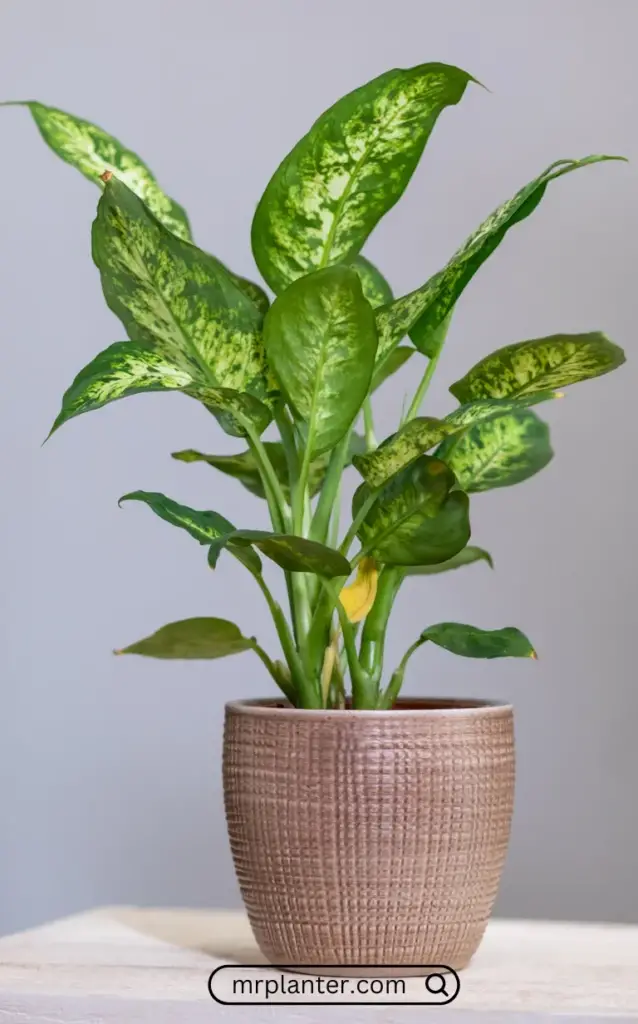
Dieffenbachia, or Dumb Cane, is popular for its large, patterned leaves and adaptability to low to moderate light. It grows best in bright, indirect light but is toxic if ingested, so keep it away from pets and children.
Expert Tip: Regular pruning helps maintain a bushy shape and prevents it from becoming too tall.
Arrowhead Plant (Syngonium podophyllum)

The Arrowhead Plant is known for its arrow-shaped leaves and versatility. It adapts to low light and can develop a vining habit, making it suitable for hanging baskets or climbing supports. It comes in various colors and patterns.
Expert Tip: Pinch back growing tips regularly to keep the plant bushy and compact.
Rubber Plant (Ficus elastica)
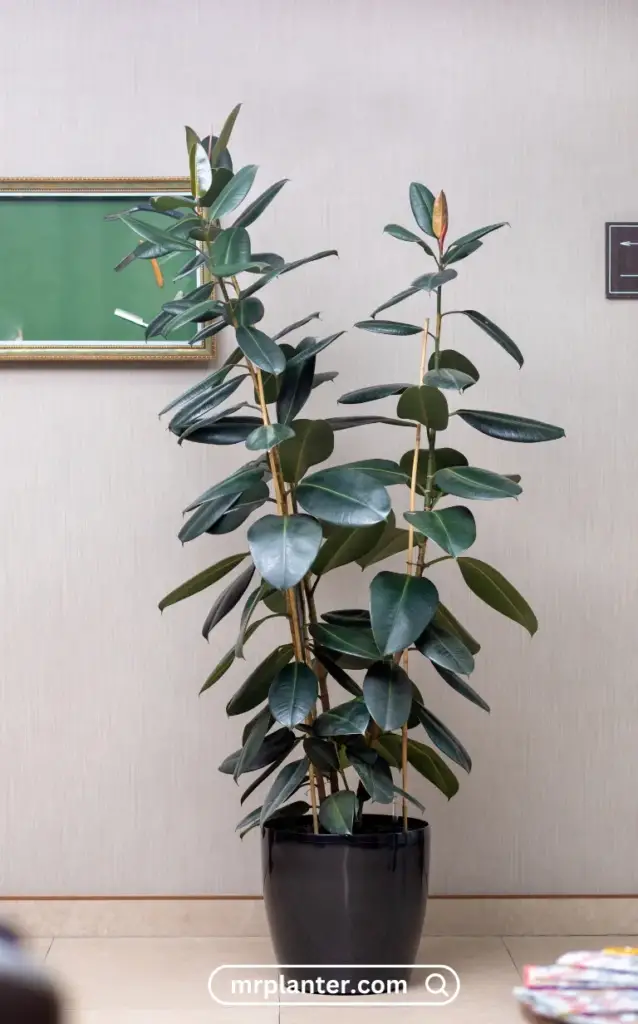
Rubber Plant is a popular indoor tree that tolerates low light but prefers brighter conditions. Its large, glossy leaves make a bold statement and it is durable with a long lifespan when well cared for.
Expert Tip: Regularly clean the leaves with a damp cloth to maintain their appearance and improve photosynthesis.
Bird’s Nest Fern (Asplenium nidus)
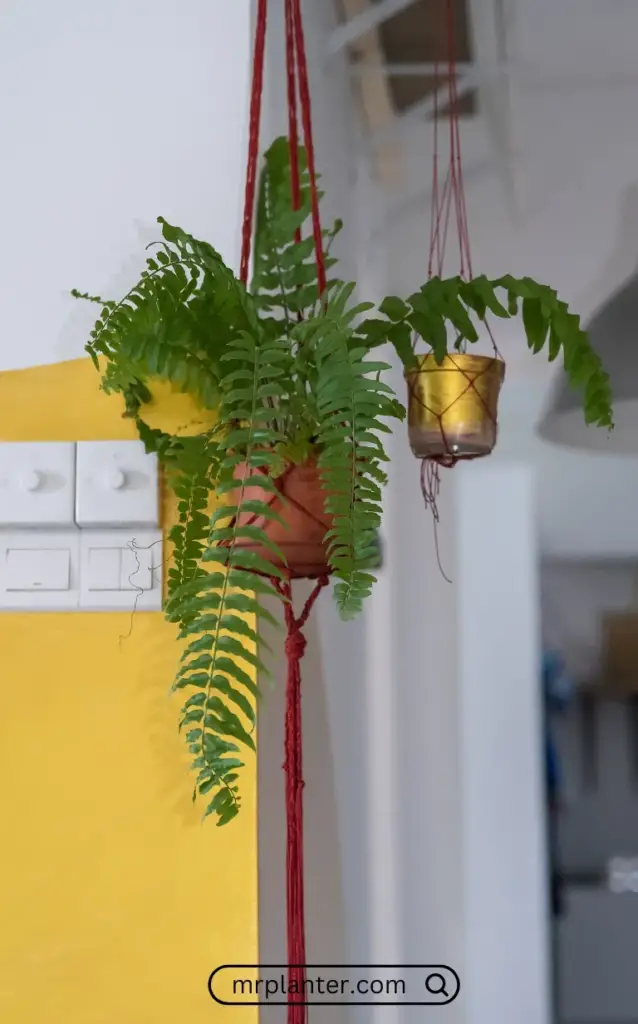
The Bird’s Nest Fern is notable for its wide, rippled fronds growing from a central rosette. It thrives in low to moderate light and prefers high humidity, making it a good choice for bathrooms.
Expert Tip: Water around the base of the plant to avoid rot in the center.
Boston Fern (Nephrolepis exaltata)
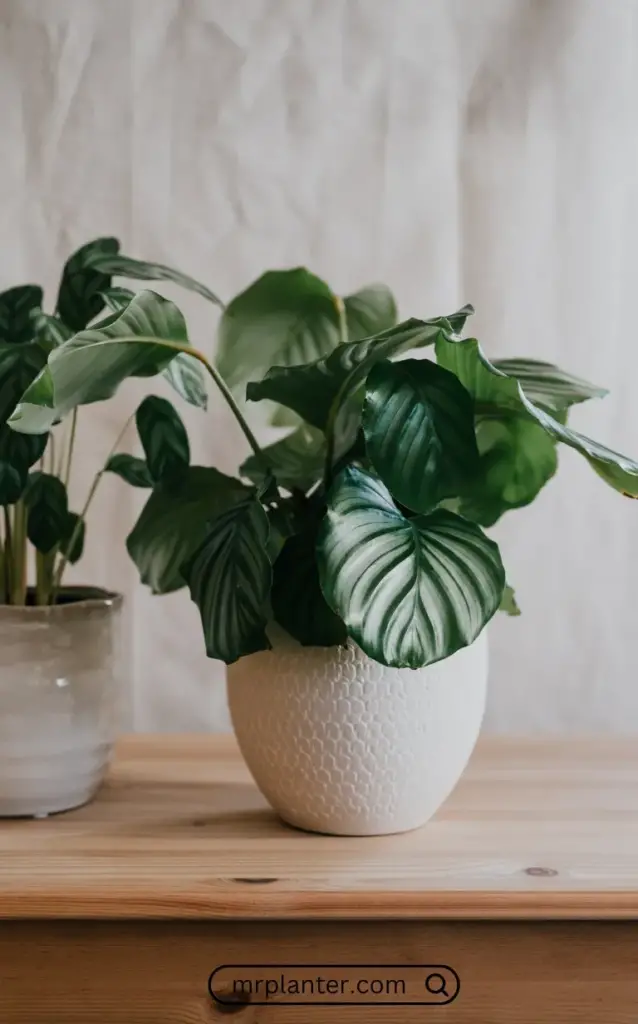
Boston Fern is known for its lush, arching fronds and can handle low light. It’s an excellent air purifier and adds elegance to any room. It thrives in humid environments and requires consistent moisture.
Expert Tip: Mist regularly or use a pebble tray with water to increase humidity and keep fronds lush.
Calathea Varieties
Calatheas are admired for their striking leaf patterns and colors, thriving in low light but preferring bright, indirect light. They fold their leaves at night, adding visual interest.
Expert Tip: Use distilled or rainwater as Calatheas are sensitive to chemicals in tap water.
Ponytail Palm (Beaucarnea recurvata)
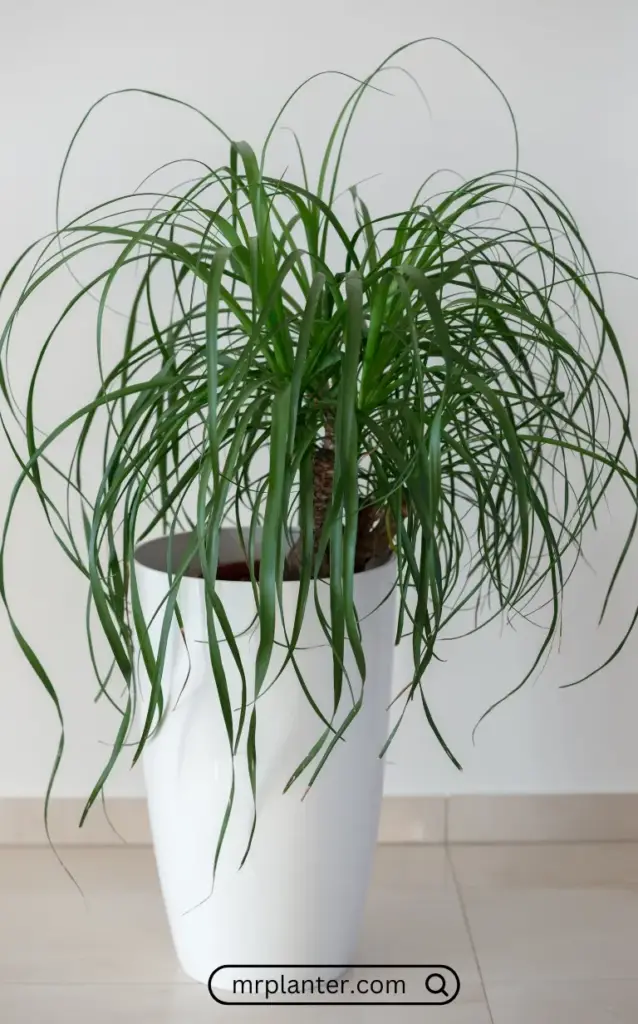
Despite its name, the Ponytail Palm is not a true palm but a drought-tolerant plant with a distinctive swollen base and long, thin leaves. It can handle low light conditions.
Expert Tip: Allow the soil to dry out completely between waterings to prevent root rot.
Anthurium
Anthurium plants are known for their bright, heart-shaped flowers. They tolerate low light but bloom best in bright, indirect light. They prefer high humidity and well-draining soil.
Expert Tip: Regularly clean the leaves to maintain their glossy appearance and improve photosynthesis.
Peperomia Varieties
Peperomias are compact with a variety of leaf shapes and colors. They tolerate low light and are ideal for small spaces or desk plants. They’re low-maintenance and require less water.
Expert Tip: Allow the soil to dry out between waterings to avoid root rot.
Dumb Cane (Dieffenbachia)
Dieffenbachia, also known as Dumb Cane, has large, patterned leaves and adapts well to low light but prefers moderate to bright indirect light. Keep out of reach of pets and children due to its toxicity.
Expert Tip: Regular pruning helps maintain a bushy shape and prevents excessive height.
Corn Plant (Dracaena fragrans)
Corn Plant is a hardy indoor tree with long, strap-like leaves. It can tolerate low light and can grow quite tall, adding a vertical element to your decor.
Expert Tip: Remove yellow or brown leaves to maintain the plant’s appearance and health.
Janet Craig Plant (Dracaena deremensis)
The Janet Craig Plant is a Dracaena variety with glossy, dark green leaves. It’s highly tolerant of low light and excellent for air purification.
Expert Tip: Wipe leaves regularly with a damp cloth to keep them clean and vibrant.
Kentia Palm (Howea forsteriana)
The Kentia Palm is an elegant, slow-growingpalm that thrives in low light and adds a touch of tropical flair. It’s perfect for indoor environments and requires minimal maintenance.
Expert Tip: Avoid placing it in direct sunlight and maintain moderate humidity.
Bamboo Palm (Chamaedorea seifrizii)
Bamboo Palm is a slender, graceful plant that thrives in low light and adds a tropical touch. It’s effective at filtering indoor air pollutants and prefers high humidity.
Expert Tip: Regularly mist the leaves or use a humidity tray to maintain its lush appearance.
African Violet (Saintpaulia)
African Violets are small, flowering plants that do well in low to moderate light. They produce colorful blooms throughout the year and require regular watering and humidity.
Expert Tip: Use room-temperature water and avoid getting water on the leaves to prevent spots.
Maidenhair Fern (Adiantum)
Maidenhair Fern features delicate, lacy fronds and does well in low light with high humidity. It’s a bit more finicky but adds an elegant touch to any space.
Expert Tip: Keep the soil consistently moist and provide a humid environment to avoid leaf drop.
Arrowhead Plant (Syngonium podophyllum)
Arrowhead Plant has attractive arrow-shaped leaves and adapts well to low light conditions. It can be grown as a trailing or climbing plant.
Expert Tip: Prune regularly to maintain its shape and bushiness.
Fiddle Leaf Fig (Ficus lyrata)
Fiddle Leaf Fig is a popular indoor tree with large, glossy leaves. It can tolerate low light but prefers bright, indirect light for optimal growth.
Expert Tip: Rotate the plant occasionally to ensure even growth and prevent it from leaning toward the light source.
String of Pearls (Senecio rowleyanus)
String of Pearls is a unique trailing succulent with bead-like leaves. It prefers bright, indirect light but can tolerate lower light levels. It’s drought-tolerant and easy to care for.
Expert Tip: Allow the soil to dry out completely between waterings to prevent rot.
Jade Plant (Crassula ovata)
Jade Plant is a hardy succulent with thick, fleshy leaves. It can tolerate low light but thrives in bright, indirect light. It’s also drought-tolerant and requires minimal watering.
Expert Tip: Use well-draining soil and avoid overwatering to keep the plant healthy.
Aloe Vera
Aloe Vera is a succulent known for its medicinal properties. It thrives in bright, indirect light but can tolerate low light. It requires minimal watering and is easy to care for.
Expert Tip: Allow the soil to dry out between waterings and ensure proper drainage to prevent root rot.
Echeveria
Echeveria is a rosette-forming succulent with a variety of colors and shapes. It prefers bright light but can adapt to lower light conditions. It’s drought-tolerant and requires infrequent watering.
Expert Tip: Use a cactus mix for well-draining soil and avoid getting water on the leaves.
Lithops
Lithops, or Living Stones, are unique succulents that mimic the appearance of stones. They thrive in bright light but can tolerate lower light levels. They require minimal watering and prefer well-draining soil.
Expert Tip: Allow the soil to dry out completely between waterings and avoid overwatering.
Haworthia
Haworthia is a small, rosette-forming succulent with unique, translucent leaves. It tolerates low light but prefers bright, indirect light. It’s drought-tolerant and requires minimal watering.
Expert Tip: Use well-draining soil and allow the soil to dry out between waterings.
Kalanchoe
Kalanchoe is a flowering succulent with vibrant blooms. It prefers bright, indirect light but can tolerate lower light levels. It’s drought-tolerant and easy to care for.
Expert Tip: Allow the soil to dry out completely between waterings and provide good drainage to prevent rot.
Crassula
Crassula is a diverse genus of succulents with various leaf shapes and sizes. It can tolerate low light but prefers bright, indirect light. It’s drought-tolerant and requires minimal watering.
Expert Tip: Use well-draining soil and avoid overwatering to keep the plant healthy.
Sansevieria
Sansevieria, or Snake Plant, is a hardy indoor plant with upright, sword-like leaves. It thrives in low light and is very low-maintenance. It’s also effective at purifying indoor air.
Expert Tip: Allow the soil to dry out completely between waterings and avoid overwatering.
Cactus Varieties
Cacti are well-suited for low light conditions and are generally low-maintenance. They come in various shapes and sizes and are drought-tolerant.
Expert Tip: Use well-draining soil and provide bright light when possible. Water sparingly and allow the soil to dry out between waterings.
Aloe Vera
Aloe Vera is a versatile succulent with fleshy leaves that store water. It prefers bright, indirect light but can tolerate lower light levels. It’s also known for its medicinal properties.
Expert Tip: Allow the soil to dry out between waterings and use a well-draining soil mix to prevent root rot.
ZZ Plant (Zamioculcas zamiifolia)
ZZ Plant is a resilient indoor plant with glossy, dark green leaves. It thrives in low light and is very low-maintenance. It’s also drought-tolerant and can survive with minimal watering.
Expert Tip: Avoid overwatering and allow the soil to dry out between waterings.
Rubber Plant (Ficus elastica)
Rubber Plant is an attractive indoor tree with large, glossy leaves. It can tolerate low light but grows best in bright, indirect light. It’s also effective at purifying indoor air.
Expert Tip: Clean the leaves regularly to maintain their appearance and avoid dust buildup.
Prayer Plant (Maranta leuconeura)
Prayer Plant is known for its unique leaf patterns and folding behavior. It thrives in low to moderate light and prefers high humidity. It’s also easy to care for and adds a touch of exotic charm.
Expert Tip: Keep the soil consistently moist and provide a humid environment to keep the plant healthy.
Bird’s Nest Fern (Asplenium nidus)
Bird’s Nest Fern is a distinctive indoor plant with wide, wavy fronds. It thrives in low to moderate light and prefers high humidity. It’s a low-maintenance plant that adds a lush, tropical touch to any space.
Expert Tip: Water around the base of the plant to avoid rot in the center and maintain humidity.
Boston Fern (Nephrolepis exaltata)
Boston Fern is known for its lush, arching fronds and adaptability to low light. It requires consistent moisture and high humidity to thrive. It’s a classic choice for adding greenery to indoor spaces.
Expert Tip: Mist regularly or use a humidity tray to maintain the plant’s lush appearance.
Calathea Varieties
Calatheas are known for their striking leaf patterns and colors. They tolerate low light but prefer bright, indirect light. They also require high humidity to keep their vibrant foliage.
Expert Tip: Use distilled or rainwater to avoid chemical buildup on the leaves and maintain humidity.
Maidenhair Fern (Adiantum)
Maidenhair Fern is a delicate, lacy fern that thrives in low light and high humidity. It’s a bit more finicky but adds an elegant touch to indoor spaces.
Expert Tip: Keep the soil consistently moist and provide a humid environment to prevent leaf drop.

